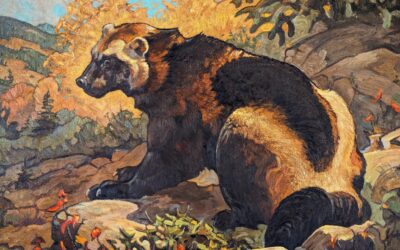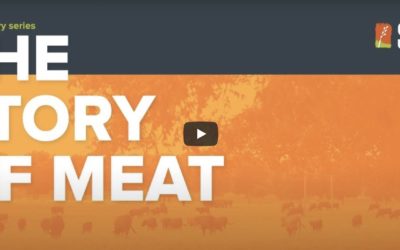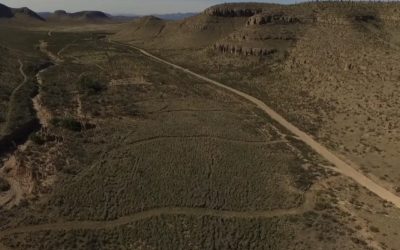1,500 Bison in South Dakota Might Just Save Their Entire Species From Extinction
As described below by its Governor Kristi Noem, South Dakota – unlike the National Park Service – understands that wild bison must be periodically rounded up and vaccinated against cattle diseases.
Only then can these animals be used to propagate wild herds.
South Dakota’s common sense shows once again that states do a better job with wildlife management than federal agencies: A basic goal of national wildlife management should be to get states to replace the feds in controlling public lands and wildlife.
NOTE: this article was originally published to Popular Mechanics’ Apple News Channel on October 13, 2023. It was written by Tim Newcomb.
They just want a home where they can roam.
- An annual bison roundup event in South Dakota’s Custer State Park is designed to maintain the health of the herd.
- The history of bison in the United States is rocky, and the species is still rebounding.
- Some bison from the South Dakota herd will be sold to help other herds across the nation.
American bison may just want a home where they can roam, where the deer and the antelope play. But it now takes the help of government agencies and conservation groups to make that happen. That includes using an old-fashioned bison roundup to improve herd health in South Dakota and prevent future extinction.
Regulating bison herds across the American plains is an art form. Though the history of the animal is tumultuous—the species saw numbers rise to between 30 million and 60 million before European settlers arrived and razed the population until it only numbered in the hundreds—bison are now somewhat revived.
“Now, after more than a century of conservation efforts, there are more than 500,000 bison in the United States,” South Dakota Gov. Kristi Noem told the Associated Press while participating in the Custer State Park roundup.
The South Dakota event is one of a handful across the country that use a roundup to help maintain herd health. At the park, a group of about 50 riders herd the park’s 1,500 bison to check the health of the animals and vaccinate calves. They also pull some individuals out to sell for use in other herds, as well as to maintain healthy numbers in the park.
The AP reports that the Custer State Park herd began with 36 animals, bought in 1914, and the land can sustain about 1,000. This year, the state expects to auction off about 500 bison—roughly 400 calves are born to the herd each year—to keep the herd a healthy size.
“Each year we sell some of these bison to intersperse their genetics with those of other herds to improve the health of the species’ population across the nation,” Noem says.
The American bison is a truly magnificent species that peppered the plains between the Appalachian Mountains and the Rocky Mountains in the decades leading up to the 1800s. According to The Nature Conservancy, many full-grown bison bulls stand over six feet tall at the shoulder and can weigh up to 2,000 pounds. They can also jump six feet vertically, seven feet horizontally, and run up to 35 miles per hour.
Though an estimated 30 million to 60 million Bison bison bison (yes, that’s the official Latin name) once covered the land, bison began to have much more to worry about than wolves and grizzly bears, when European settlers arrived in the 1800s.
Settlers moving west obliterated the herds, using bison as a resource for everything from food to fertilizer and machinery parts to clothing. In addition, bison were a pivotal piece of Native American life, and the U.S. government encouraged the killing of the animals as a way to drive tribes to reservations. By 1890, the AP says that only a few hundred remained, and The Nature Conservatory notes that a 1905 census reported the existence of only 835 wild bison across the country.
As national preserves started cropping up—the first was founded in Oklahoma in 1907, and is now known as the Wichita Mountains National Wildlife Refuge—the bison staved off extinction and found pockets of land to thrive on.
Old-fashioned roundups like the one in South Dakota—now with an eye towards conservation efforts instead of exploitation—are doing their part to one again allow the bison to thrive. They also offer glimpses into the American past, and have become a way to celebrate the animals. As Kevin Robling, South Dakota Game, Fish and Parks Secretary asks the AP, “How many times can you get this close?”
—
For more posts like this, in your inbox weekly – sign up for the Restoring Diversity Newsletter



